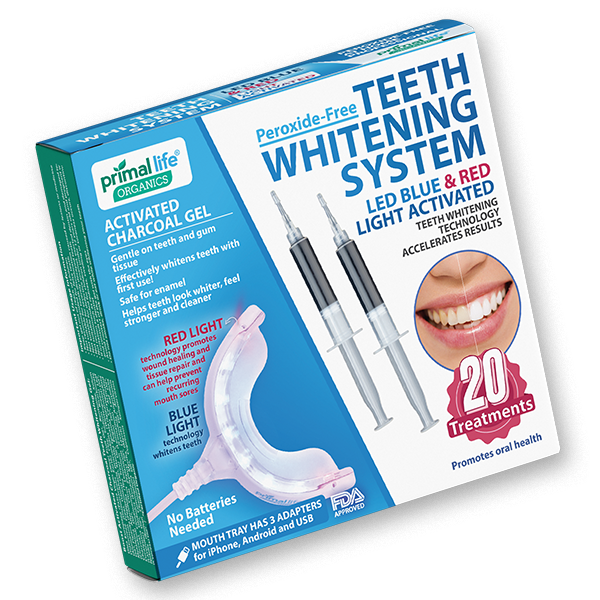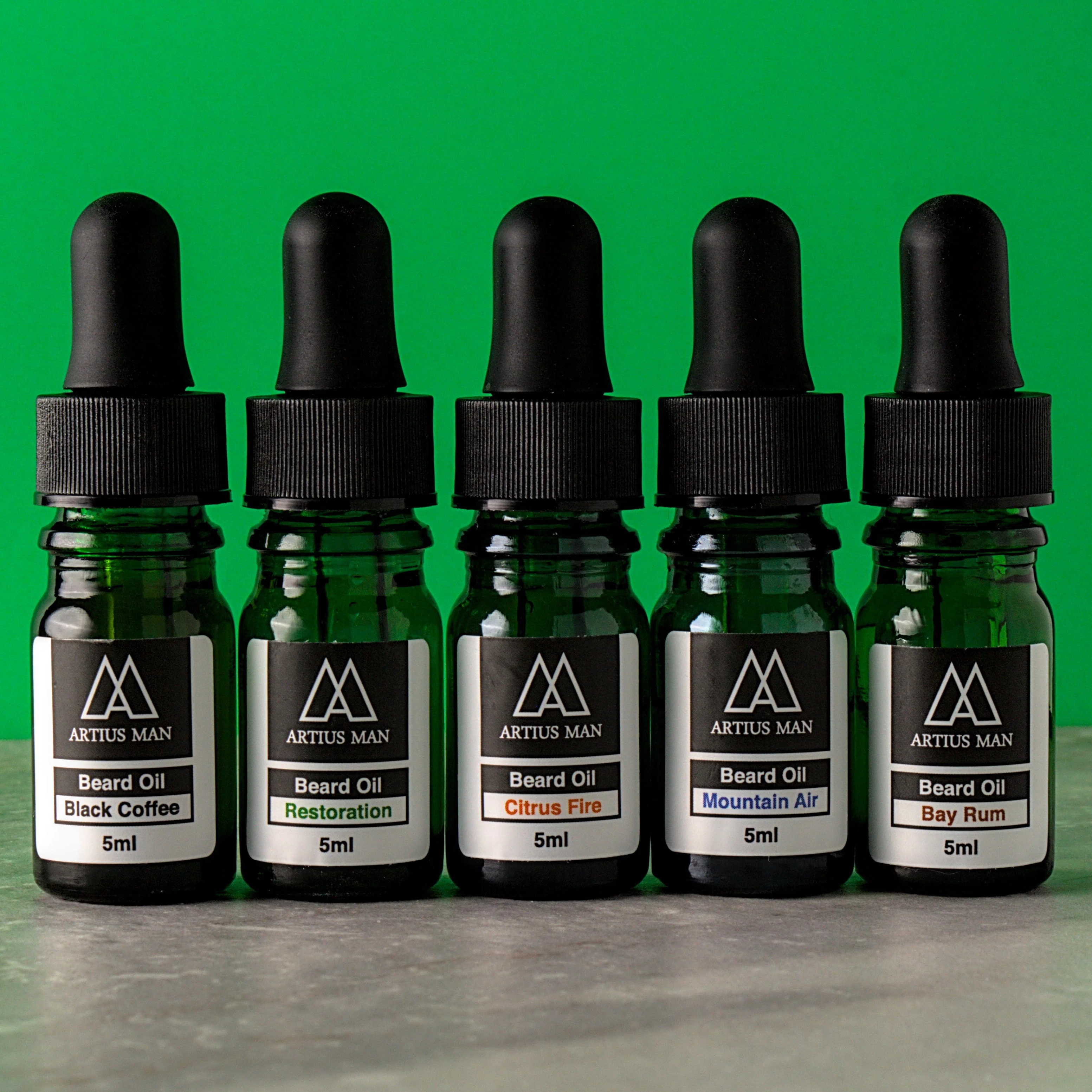Camera for Family Needs – Which Way to Go?
Even though this topic has been touched on numerous occasions, I still get asked this one question rather often – which camera to buy? For someone who’s into photography, it is a very vague question. Almost impossible to answer without additional context as it spawns a number of followup questions – what are you planning to photograph? Are you going to invest more into the system? What lenses would you like to own? Are you planning to take up photography professionally? And for a beginner to be able to answer all these questions in return requires a certain amount of research. Truth is, not everyone is looking to take up photography professionally or even invest into more than one additional lens to accompany the kit zoom. A lot of people really only want a camera for family pictures – something a bit more capable than your average compact, something that would work in darker environments and be able to defocus the background a bit more, too, because it makes images look prettier. And the answer to the first question is usually very simple – everything.

First Things First – What are the Options?
So, you’re not happy with the pictures you are getting from that tiny pocket camera. It’s sort of slow to react and takes a second to snap that photograph after you pressed the shutter button, doesn’t it? It’s probably even worse anywhere near dim light and the images are not only soft-looking and a little washed out, but also have those weird blotches of smeared color in those conditions. The good thing is you can take it anywhere you go, but once you are there, it’s not very comfortable to hold, is it? The buttons are tiny and it’s hard to keep it steady at arms length when photographing. So you grew tired of it, especially after seeing images like this one:



Now you know how to distinguish one from another, and a compact camera from a mirrorless camera (the latter also has removable lenses, naturally). But that’s just the surface, the way these cameras look has no effect on the image quality they are capable of producing. So, what are the real differences and which one should you go for?
DSLR and Mirrorless – What Are the Differences?
Now that you know the two ways that you can take, it’s time to weigh the strong and weak points of each one so that you can make a well considered decision. I will outline the main advantages one type of camera has over the other, starting with mirrorless.
Mirrorless Camera Advantages
Size – the most obvious difference between mirrorless and DSLR cameras is the size. The former are much, much more compact. You would not call them pocket cameras by any means, but the majority of high-end mirrorless cameras are actually more compact than the smallest DSLRs. Here is a roughly accurate comparison of two similarly priced cameras, one of each type:

Weight – almost as important as compact dimensions is the weight of the camera. You see, cameras tend to get bigger and heavier with time. Not literally, of course, a camera does not grow, but it does start to feel heavier. The more you use it, the more you sense how inconvenient it can sometimes be to carry a camera around due to its size and weight, and the more you want something smaller and lighter. So why not start with small and light from the very beginning?
Simplicity – a lot of low-end mirrorless cameras are designed specifically for people moving up from compact cameras and as such are made to be very simple to use and understand. You won’t find many buttons or dials on these cameras, so you won’t have to worry about accidentally changing a setting and not knowing about it, for example. Everything is set up for your convenience and in such a way as to deliver saturated, pleasant images right from the start. In some cases, there won’t even be a learning curve – just a noticeable jump in image quality.

Discretion – if your little one is particularly camera shy, you probably want him or her not to notice that he’s being photographed at least sometimes. Mirrorless cameras hold an advantage here and not just because they are smaller – generally, they tend to be quieter, too (so long as you turn all the sounds off).
DSLR Camera Advantages
Size – you might be lost at this point and want to ask me “wait, what?” and yes, I did say size was an advantage that mirrorless cameras held over DSLRs which are bigger and less convenient to carry around. Yet when it comes to actually holding the camera, size turns into comfort. It may not be so important if you have fairly small hands, but for those with larger hands, especially men, mirrorless cameras will only be slightly more comfortable than compact point-and-shoot cameras. So if you plan to photograph a lot, this is something you might want to consider.

Battery – DSLR cameras tend to have bigger batteries than their mirrorless counterparts, and also use a bit less energy if you use the optical viewfinder to compose the image. All in all, you may be able to take several times more photographs on a single charge than with a mirrorless camera and if you don’t photograph that often there might be no need to charge the battery for over a month. This is especially useful when traveling.
Speed – modern mirrorless cameras are not slow by any means, whether you are looking through images or photographing. There is no waiting around after you press the shutter button if that is what you’ve been used to so far. However, DSLR cameras generally are a bit more snappy in their operation, especially when it comes to quickly moving subjects (as children tend to be, for example).

Price – it seems reasonable to expect smaller, simpler cameras to be less expensive, but both mirrorless and DSLR systems are similarly priced. It’s difficult to compare directly, but there’s not that much difference for a given set of features.
Image Quality – here’s the big, important question. And the answer is simple – unless you want to buy a DSLR for $2000+, image quality will be more or less the same as that of mirrorless cameras. It’s something you do not expect given the compact dimensions of the later, and yet it is true. In this regard, Olympus cameras can lag a little bit behind other manufacturers in some situations, but then they are also the most compact of the lot.
Those Lovely Diffused Backgrounds – let’s be honest, everyone loves when backgrounds just melt away. Now, whilst this characteristic is a little bit more complicated to explain, both DSLR and mirrorless cameras have the same potential to pleasingly melt backgrounds and make your subjects stand out, certainly much more than any point-and-shoot could. What else is needed to achieve this is a topic for a new article.
Isn’t Gear Unimportant?
You’ve probably heard a lot of photographers say time and time again – equipment does not matter. And, in most cases, it is true. But not in your case, and let me explain why. You see, in order for equipment not to matter, one needs to master light, composition and being able to use whatever tools he or she has to the fullest. In other words, one needs to be a very good photographer. Do you need a camera so that you may become one? Then you will, and whichever type of camera you get will not stand in your way to achieving that. However, if you’r just looking for something to capture precious family moments with, it’s the jump to more capable equipment that will make the most difference for you.

Our Recommendations
Whether you choose mirrorless or DSLR cameras, there are plenty of models to choose from. Here are some of the cameras we think are really good.
DSLR Options
Nikon D3300 (by the way, if you find a D3200 or a used camera from the D3xxx series, they are all great)
Canon T3/1100D, T3i/600D, Canon T5/1200D and T5i/700D models
Pentax K50 and K500
Sony Alpha SLT-58
Compact Camera System Options
Fujifilm X-A1, X-M1 and X-E1 models (the latter has an electronic viewfinder, too, but is meant for slightly more advanced users)
Olympus E-PL5
Sony NEX-5T, NEX-6, A5000 and A6000 models
Summary
As you can see, both options are different, but objectively, neither one is better than the other. I did my best to describe the advantages of both types of cameras, the final decision is really up to you to make. Personally, I have a soft spot for DSLR cameras, but for anyone who just needs a tool for better family pictures I always recommend mirrorless first, and DSLR second simply because of the convenience granted by the small size and weight. That said, DSLRs have an advantage when it comes to comfort.




.gif)





